We’ve all heard “April showers bring May flowers,” and this year, May showers brought us some great wildflowers!
As you hike through CVNP this spring, take a few extra moments to enjoy some of the lovely wildflowers blooming all along the trails. Take a screenshot of our wildflower search and bring it along with you on your adventure to see if you can identify any of our favorites.
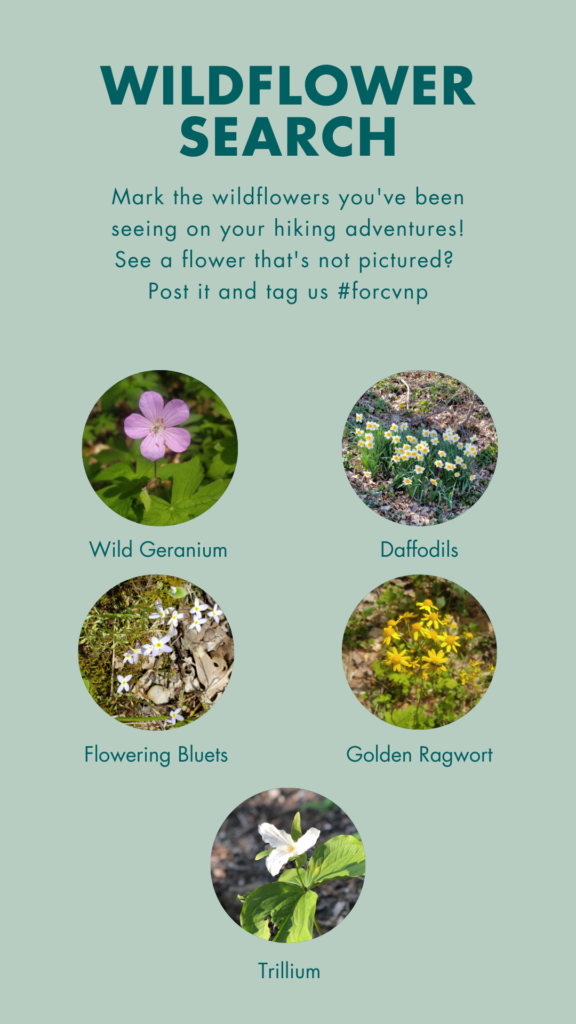
Are you finding more types of wildflowers than we have on our list? Keep reading to see how you can join the Wildflowers of CVNP iNaturalist project.
Great White Trillium
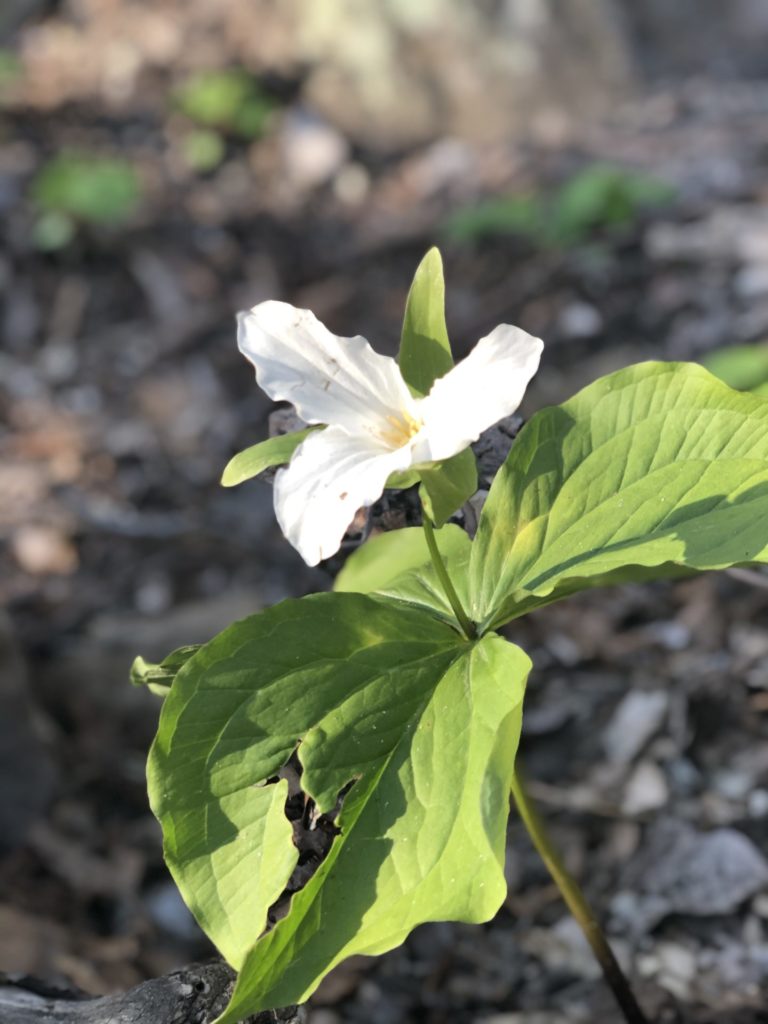
Great White Trillium is one of fifty different Trillium species. They flower from late April to early June. It can take two years for trillium seed to germinate, and another five to seven years for Trillium to bloom, making this a flower well worth the wait!
Wild Geranium
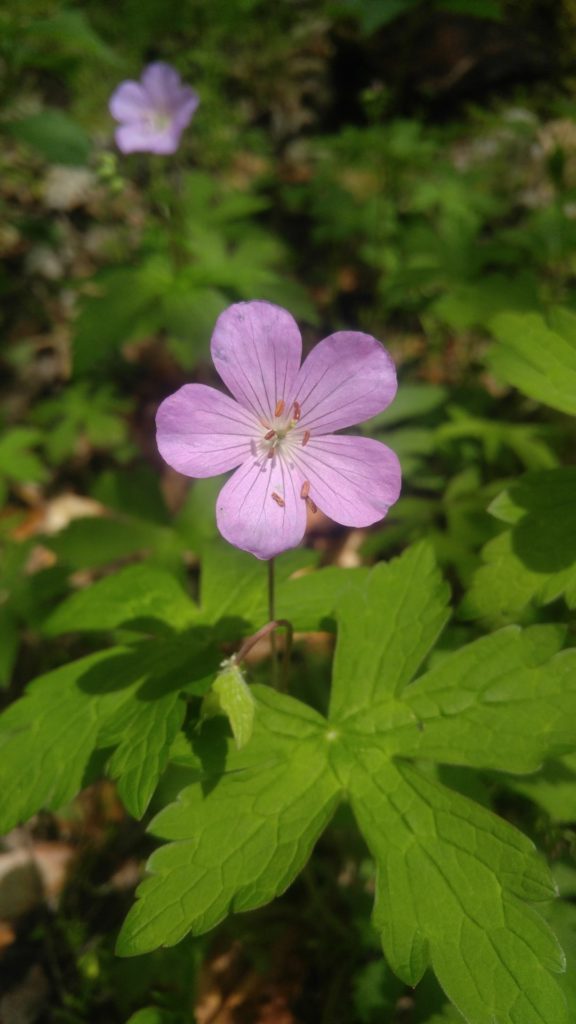
Wild geranium flowers beautiful pale purplish pink petals. This wildflower can flourish almost anywhere in eastern North America, with habitats including both floodplain and upland woodlands, savannas, meadows, and prairies.
Daffodils
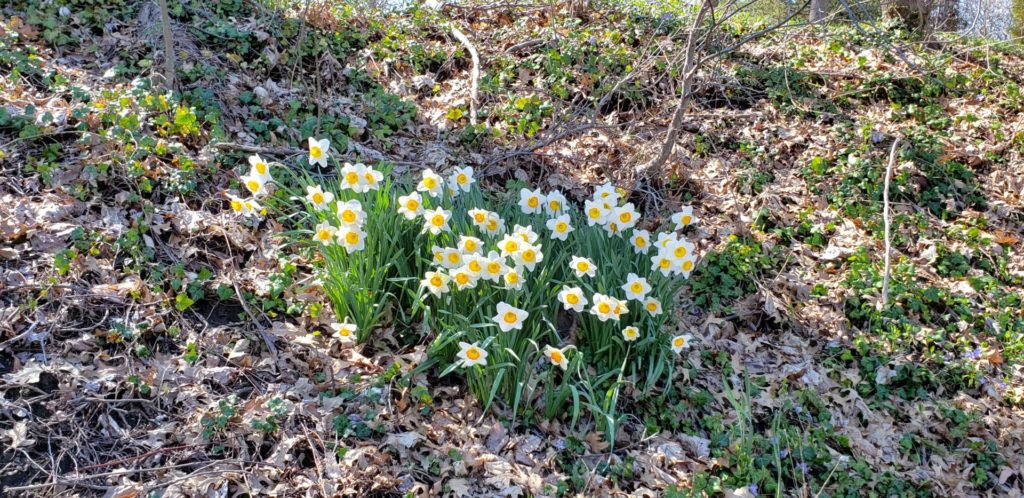
Daffodils are one of the early signs of Spring in Ohio because they flower early mid-April. Unfortunately, most of them have completed flowering by the first week of May. Daffodils make great flowers for a garden because they are perennial, and the deer don’t eat them.
Flowering Bluets
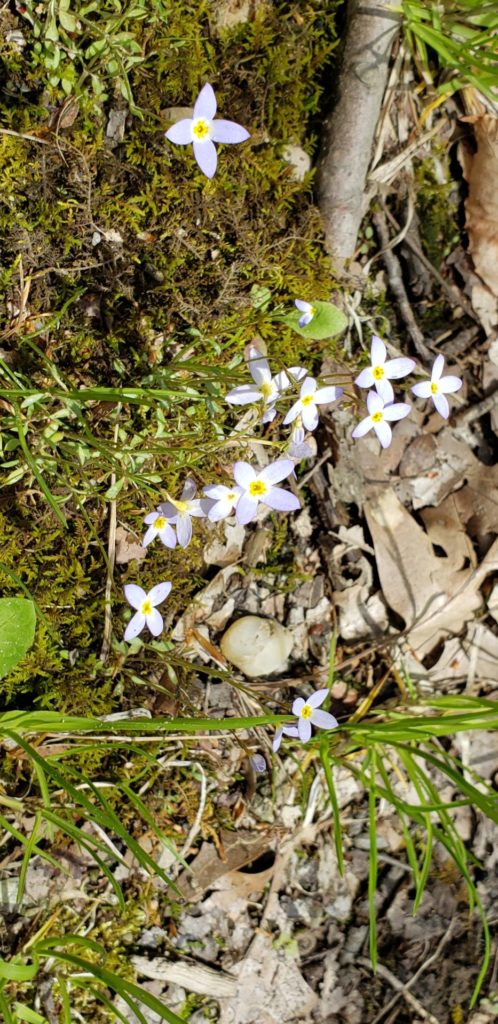
Flowering bluets are often called “Quaker Ladies” in reference to their shape being similar to hats once worn by women of the Quaker faith. Others say the name is because of their pale color, similar to fabric used for Quaker women’s dresses. Whatever the reason, these small clumps of flowers add beauty to shaded wooded areas throughout the park!
Golden Ragwort
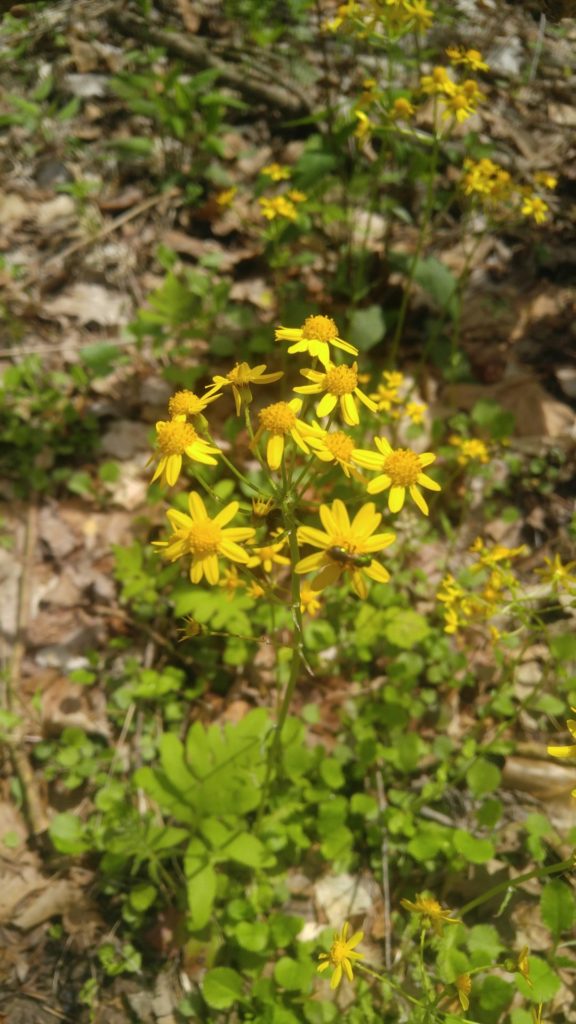
Packera aurea, commonly known as golden ragwort is a yellow flower that blooms in April. Golden ragwort is commonly known for attracting butterflies.
Become a Citizen Scientist
Looking for more? Download the iNaturalist app to join our Wildflowers of CVNP project. When you visit the park and see a cool wildflower, simply snap a few pictures. The app will help you identify what you’re seeing.
If you aren’t sure of the identification, don’t worry! The iNaturalist community is full of scientists waiting to help. We look forward to seeing you there!
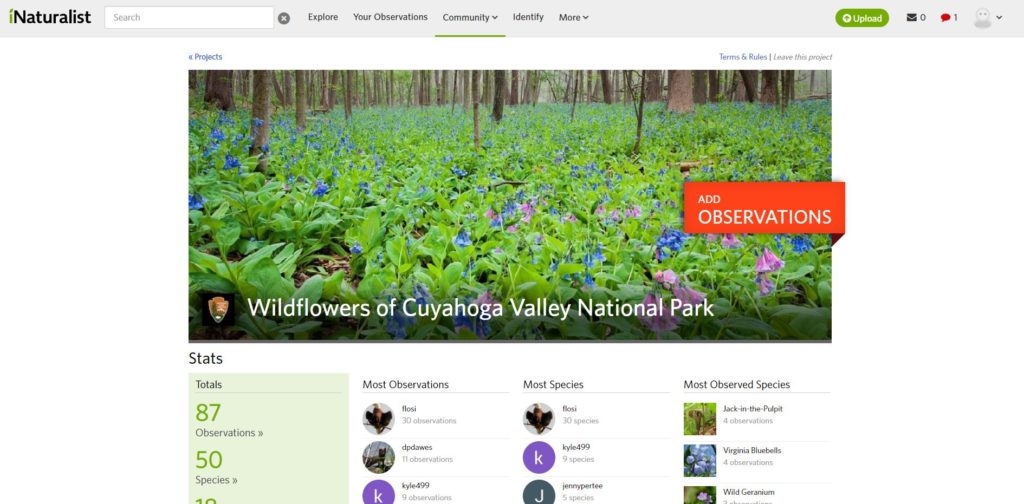
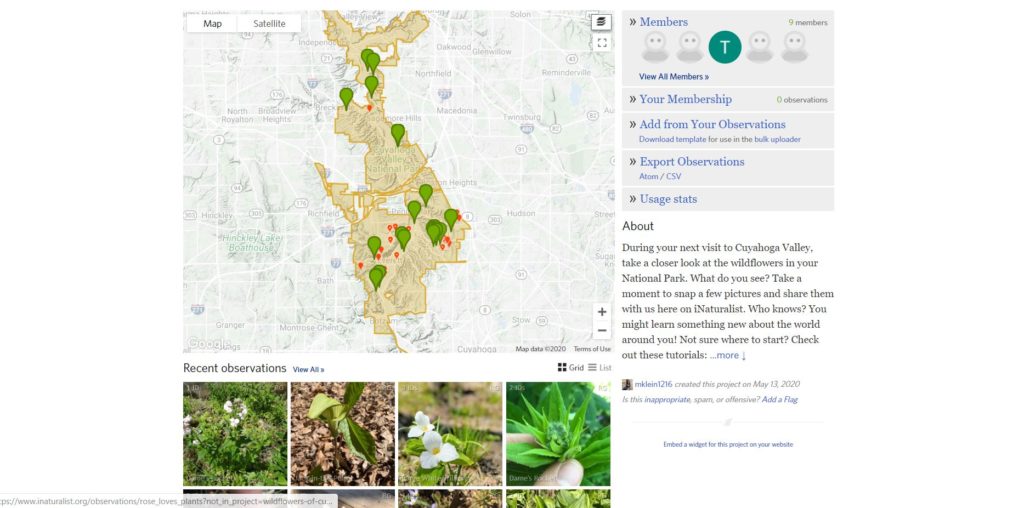
Don’t forget to share photos of wildflowers with us on social media using #forcvnp or by tagging us!
You can also email your photos to us at connect@forcvnp.org for a chance to have them featured on our website and social media channels!
Click here for more spring time activities you can do at home.
The Conservancy is a nonprofit friends group for Cuyahoga Valley National Park. Our goals are to improve visitor experiences, and provide meaningful, life-enhancing programs to our communities. If you would like to join us in protecting the Cuyahoga Valley National Park, please consider supporting your park today.





